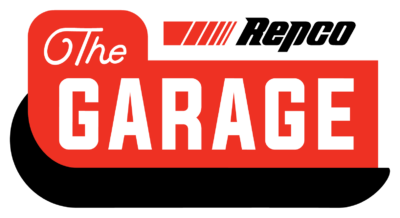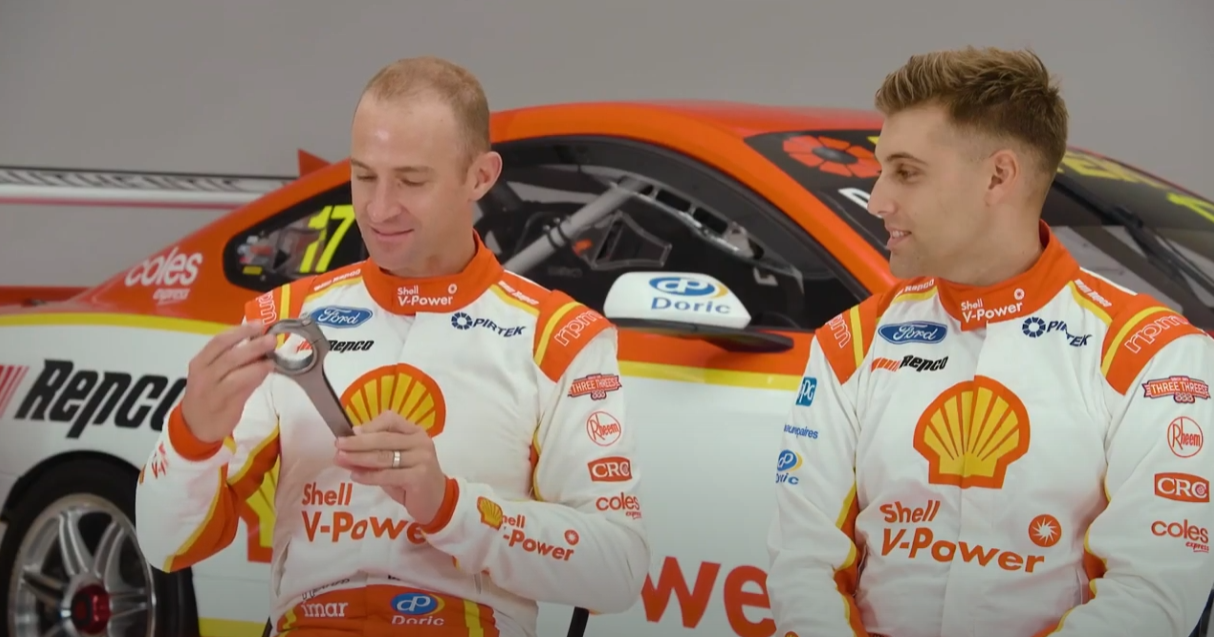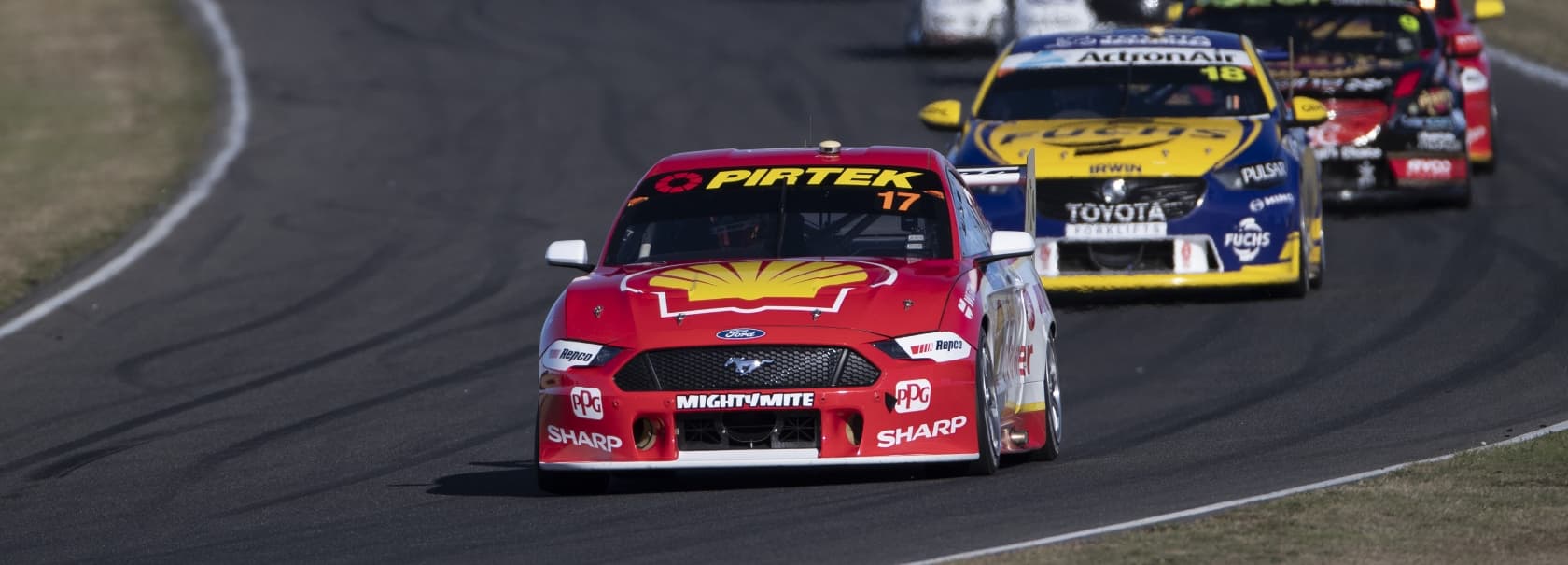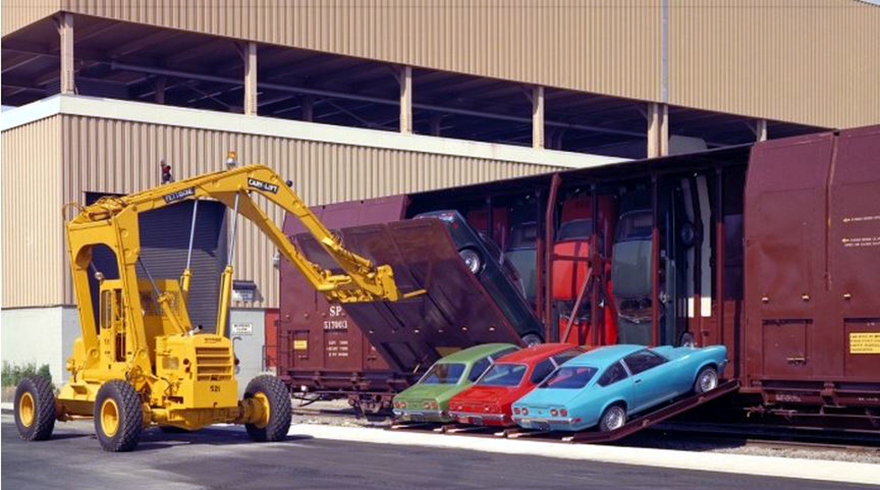A familiar sight when traveling on the Hume Highway are the trucks transporting new cars to either prospective new owners or dealerships, however trains did this job too.
This included in America where this unique attempt of storing new cars vertically was developed.
Developed as a necessity due to the logistical challenges provided by moving cars from one place to another after manufacture, US manufacturers together with railroad companies developed a special car carrying carriage utilising the overhead space in addition to being an extra 10 foot longer than the standard.
Loading proved inefficient due to the car needing to be pushed in then jacked up at an angle to accommodate another underneath. By the 1950s and 1960s, there was no need to push as autoracks, however General Motors were about to launch the Vega leading to an interesting way to stare when being transported by rail – vertically.
The Vega proved forgettable, but was short enough to fit inside the carriage vertically. A Vega was driven up a ramp and secured before a special forklift lifted each compartment closed as each Chevrolet was hung.
Dubbed the ‘Vert-a-Pac’ system, 30 Vegas variants fitted inside an 89 foot carriage as the reason for this type of transportation ensured the sticker price was low for the consumer.
An interesting fact is the Vegas was specifically designed to be transported this way to ensure no vital fluids leaked, all though not all lubricants were inside.
However, this methodology to transport a car like this never turned popular and standard practice resumed of keeping the stock the way it was supposed to be, horizontal.
As for the Chevrolet Vega, although it won praise and awards when first launched in 1971, reliability, rust, safety and engineering problems cruelled the model’s life as production ended in 1977.





